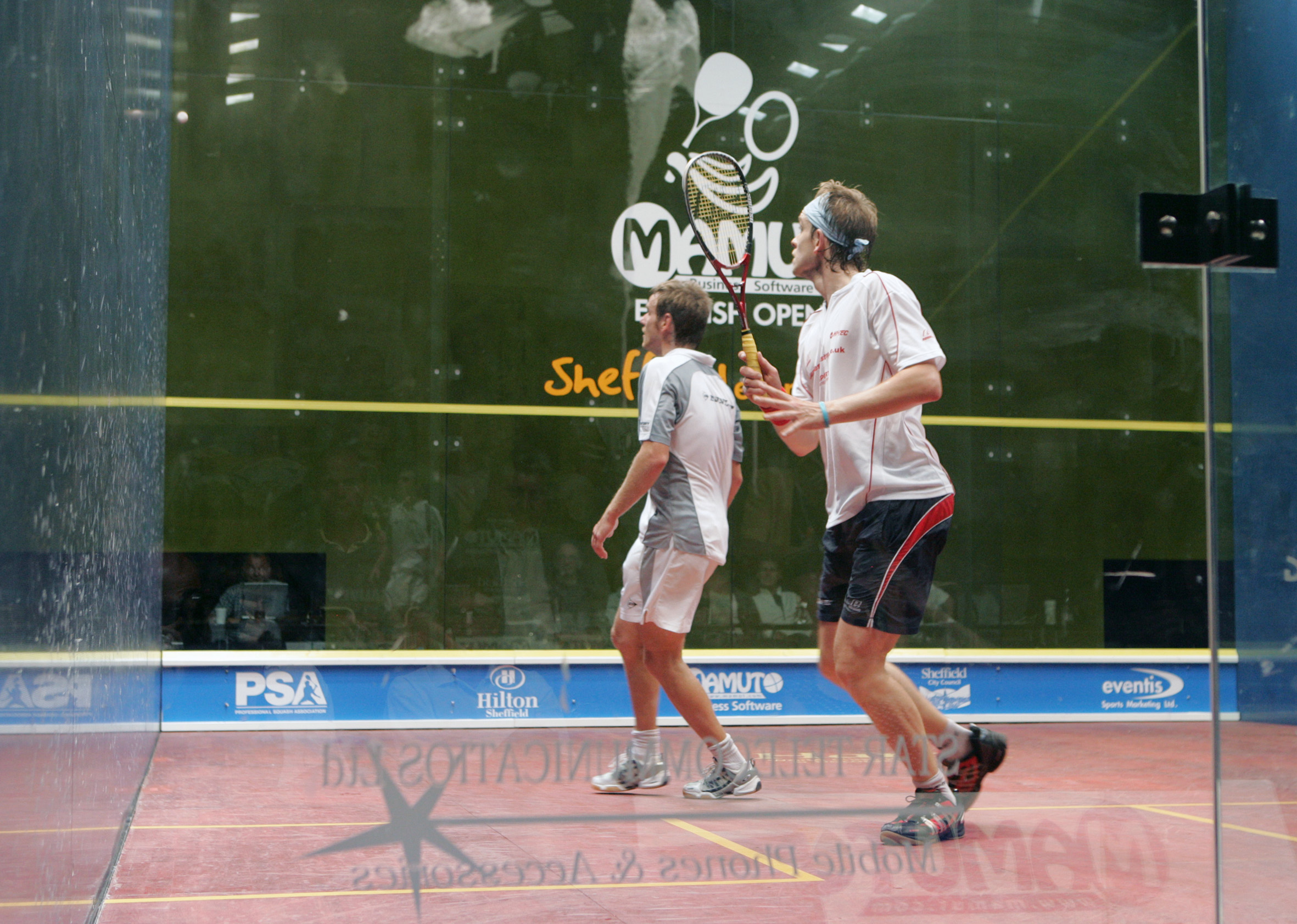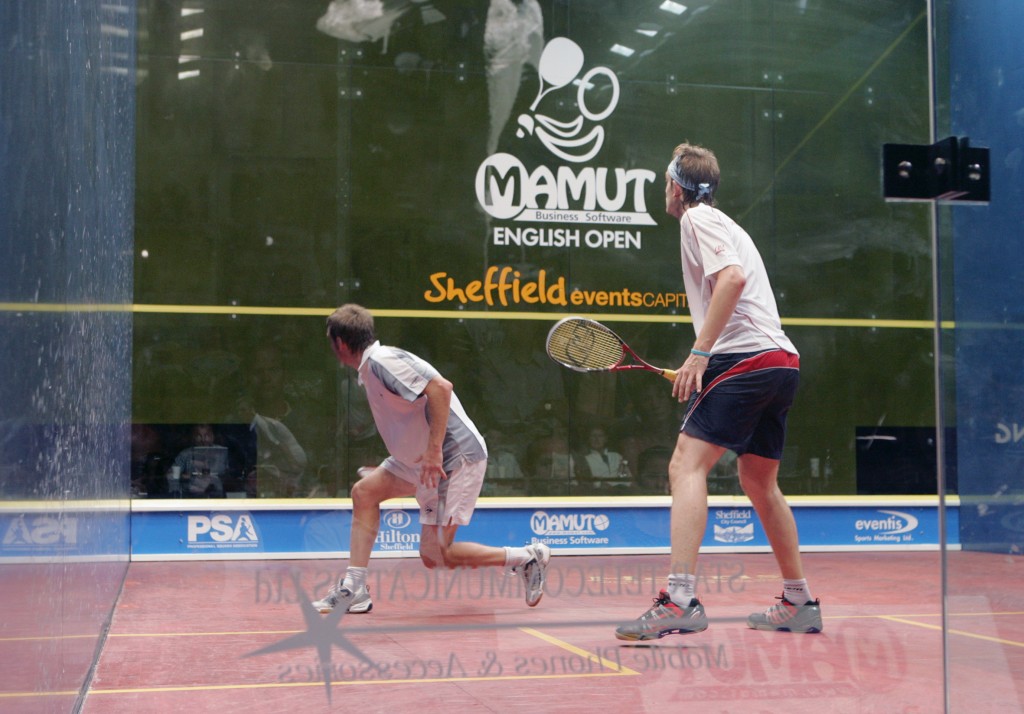
By Richard Millman, Director of Squash, Kiawah Island Club
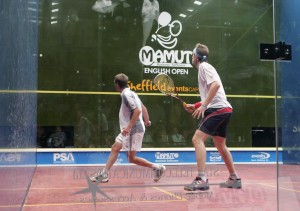 So what it is ‘the primary purpose of a squash shot’?
So what it is ‘the primary purpose of a squash shot’?
For most beginner/intermediate level players the first answer that comes to mind is:
To hit the ball where the other guy isn’t.
There are several other versions that we hear from time to time. For instance:
Hit a shot the opponent can’t retrieve.
Play the ball really tight—that sounds a bit better‑or does it?
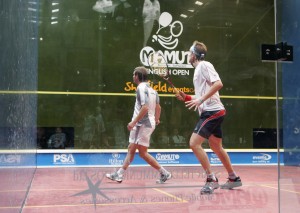 None of these replies includes the most important purpose of a squash shot.
None of these replies includes the most important purpose of a squash shot.
Before we worry about the effect on the opponent, our first concern should be the effect that our shot is going to have on ourselves. Yes: where will the shot I am about to play leave me?
More important than our desire to totally overcome our opponent with a brilliant stroke is the thought we put into designing our shot to put us into position for the next phase of the rally.
It even says in the rules: “Play shall be continuous.” It doesn’t say: “Play shall consist of brief interactions between players culminating in winners.” No.
 Continuous.
Continuous.
Without end.
Infinite.
And if that is not your mentality—as soon as you produce your finite and brilliant winner and somehow, miraculously, the opponent retrieves the irretrievable—you’re dead in the water, because you haven’t planned ahead. So the primary purpose of a squash shot is to improve your own position as you move into the next phase of the rally. If your shot additionally creates difficulty for your opponent—then so much the better. BUT! That’s a secondary purpose—important—but secondary.
Does this mean you shouldn’t be aggressive? Of course you should be aggressive! If you are in a situation that allows for it. In fact you can be far more confident in your aggression if you are being aggressive, secure in the knowledge that the shot you are playing is designed to leave you in position to cover all of your opponent’s possible returns.
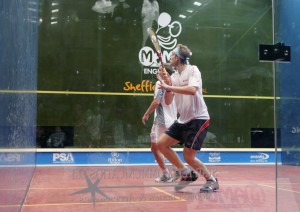 So next time you go on court, ask yourself: “Am I more interested in improving my own situation or worsening my opponent’s situation?” Design your shot primarily with you as the beneficiary, not with the opponent as the recipient. Pretty soon you’ll find yourself playing chess instead of checkers as the old saying goes.
So next time you go on court, ask yourself: “Am I more interested in improving my own situation or worsening my opponent’s situation?” Design your shot primarily with you as the beneficiary, not with the opponent as the recipient. Pretty soon you’ll find yourself playing chess instead of checkers as the old saying goes.
Next month: Do you know where the Magic spot on the front wall is?
Skill Level Tips
Simple practice tips for 3.0, 4.0 and 5.0 players
3.0
During rallies, focus less on executing the shot and more on the position you want to be in after you have played your shot. Beginners focus too much on individual shots, instead of a continuous flow of shots with the rally as the task.
 4.0
4.0
Stop trying to bang the ball so often and put more focus into getting a balanced set up from which you can both recover and control your weight transference into the ball. Make placement and position your focus—not power.
5.0
A full swing can get you into trouble. Just because it feels satisfying doesn’t mean it’s right for all situations. Learn to set up and shorten your swing size to fit the opportunity you are presented with—a scramble down the wall with a short swing is always better than a defensive boast with a full swing.


